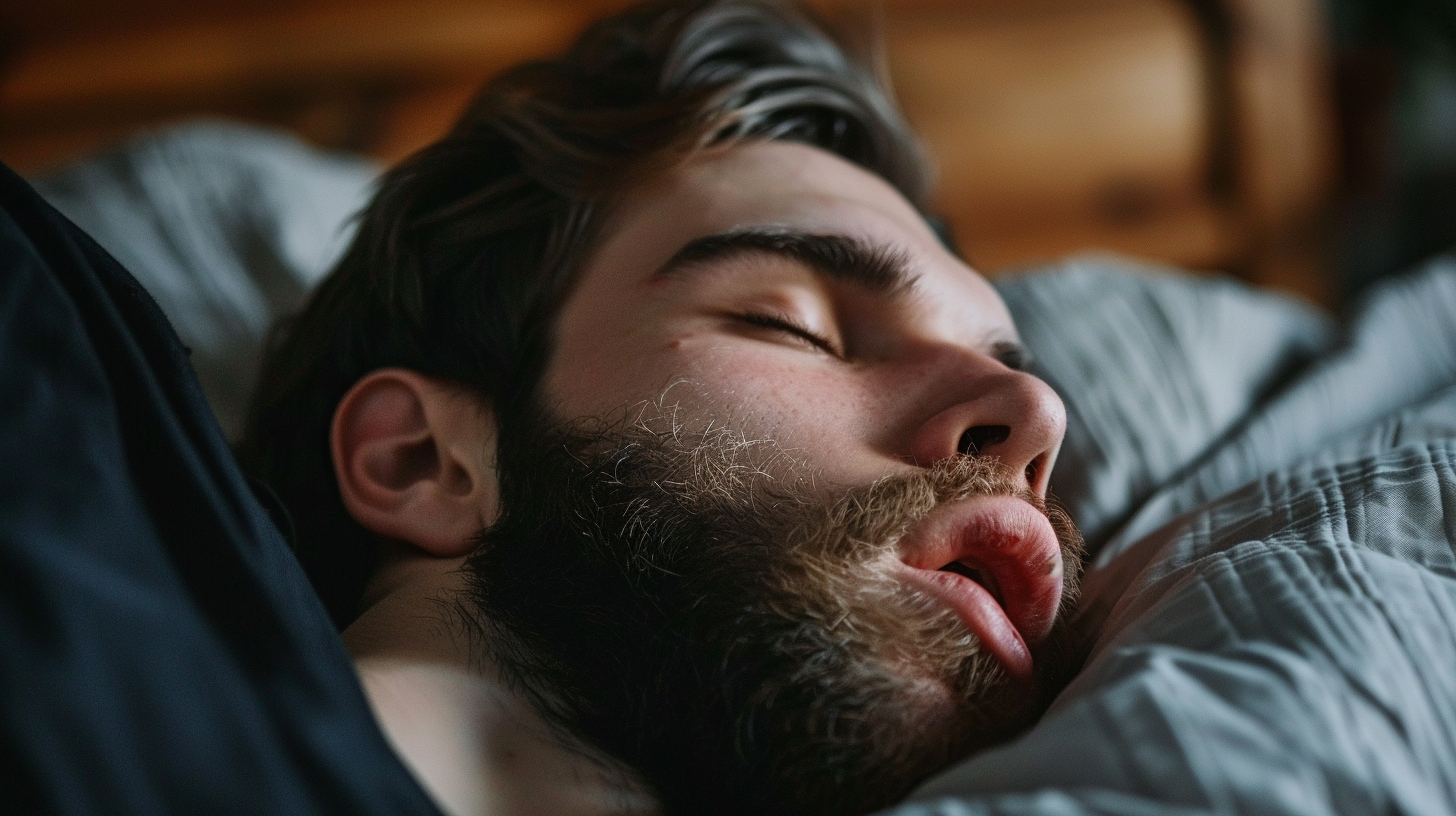It’s easy to see mouth breathing or a tongue thrust as just “small quirks” or minor annoyances. But science shows these oromyofunctional disorders (OMDs) are much more than isolated habits—they’re powerful drivers of other health problems, from sleep-disordered breathing to TMJ dysfunction, speech delays, and even posture problems. At BreatheWorks, we see how treating the root cause—often an OMD—can transform a patient’s entire well-being.
How Oromyofunctional Disorders Trigger Other Dysfunction
1. OMDs and Sleep-Disordered Breathing (Including Sleep Apnea)
- Mouth breathing, low tongue posture, and a narrowed palate are leading risk factors for sleep-disordered breathing and obstructive sleep apnea (OSA), even in children.
- Research highlight:
- Up to 83% of children with sleep apnea have an oromyofunctional disorder (Villa et al., 2015).
- Mouth breathing and improper tongue posture can cause airway collapse during sleep, leading to snoring, restless sleep, bedwetting, and daytime fatigue.
- Long-term impact:
Untreated OMDs mean sleep apnea often persists even after orthodontic treatment, surgery, or CPAP therapy, unless root muscle patterns are corrected.
2. OMDs and TMJ Dysfunction
- Abnormal swallow patterns and tongue thrust put constant, uneven pressure on the jaw joint (TMJ) and the facial muscles.
- Key fact:
- People with tongue thrust or poor oral posture are at a higher risk of developing TMJ pain, jaw clicking, headaches, and even lockjaw (Okeson, 2013).
- Whole-body connection:
TMJ dysfunction often leads to muscle tension headaches, neck/shoulder pain, and postural imbalances.
3. OMDs and Speech Disorders
- Tongue thrust, low tongue tone, and open-mouth posture are major causes of articulation errors, such as lisps and unclear “s” and “z” sounds.
- Key data:
- More than 70% of persistent lisps are linked to an oromyofunctional disorder (ASHA, 2023).
- Impact:
OMDs can delay language development, affect self-esteem, and make social or academic situations more challenging.
4. OMDs and Orthodontic Relapse
- Even the best orthodontic treatment can fail if OMDs are not addressed.
The tongue and lips exert light but constant forces on teeth—enough to undo years of braces. - Statistic:
- Up to 25% of orthodontic patients relapse (teeth shift out of alignment) due to untreated OMDs (Proffit et al., 2018).
- Result:
Many patients require repeat orthodontic work or retainers for life, unless muscle function is retrained.
5. OMDs and Feeding, Digestion, and Facial Growth
- Chewing, swallowing, and oral muscle imbalances can lead to messy eating, picky eating, and inefficient digestion.
- Kids with OMDs are more likely to have narrow jaws, long faces, and crowded teeth as they grow—making future breathing, sleep, and speech challenges more likely.
A Web of Interconnected Dysfunction
The key takeaway: Oromyofunctional disorders rarely stay “just in the mouth.”
They ripple outward, triggering or worsening airway problems, jaw pain, poor sleep, learning challenges, and postural issues. That’s why the BreatheWorks approach treats the whole patient—not just the symptom.
Signs That OMDs Might Be Affecting Other Areas
- Snoring or breathing pauses at night
- Waking unrefreshed or with headaches
- Jaw pain, clicking, or frequent headaches
- Needing multiple rounds of braces
- Difficulty saying certain sounds (especially “s” or “z”)
- Mouth always open, even at rest
- Chronic neck, shoulder, or posture problems
Why Treating the Root Causes Matters
- Addressing OMDs with myofunctional therapy improves outcomes for sleep apnea, TMJ pain, orthodontics, and speech therapy—leading to fewer relapses and better long-term health.
- Studies show that children and adults who receive myofunctional therapy experience significant improvements in sleep, breathing, jaw comfort, and communication (Villa et al., 2017).
How BreatheWorks Helps Break the Chain
- Whole-patient, collaborative evaluation: We assess breathing, swallowing, airway health, jaw function, speech, and posture.
- Evidence-based myofunctional therapy: Retrains muscles and oral habits at the root, not just the surface symptoms.
- Team approach: We coordinate care with ENTs, dentists, orthodontists, and medical providers to ensure lasting results for every patient.
Ready to stop the cycle? Contact BreatheWorks for a comprehensive oromyofunctional evaluation, and start addressing the root causes of sleep apnea, TMJ, speech issues, and more—one healthy habit at a time.



